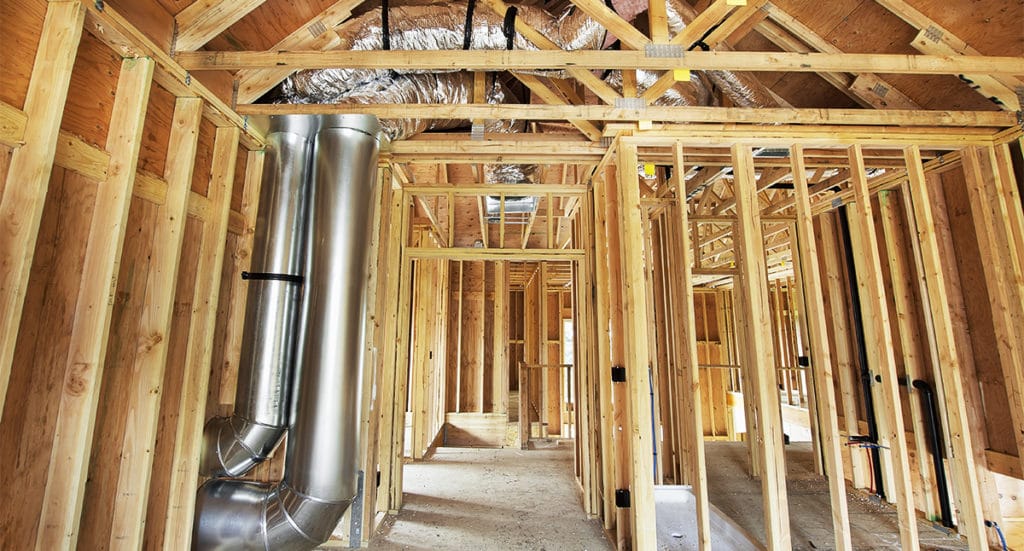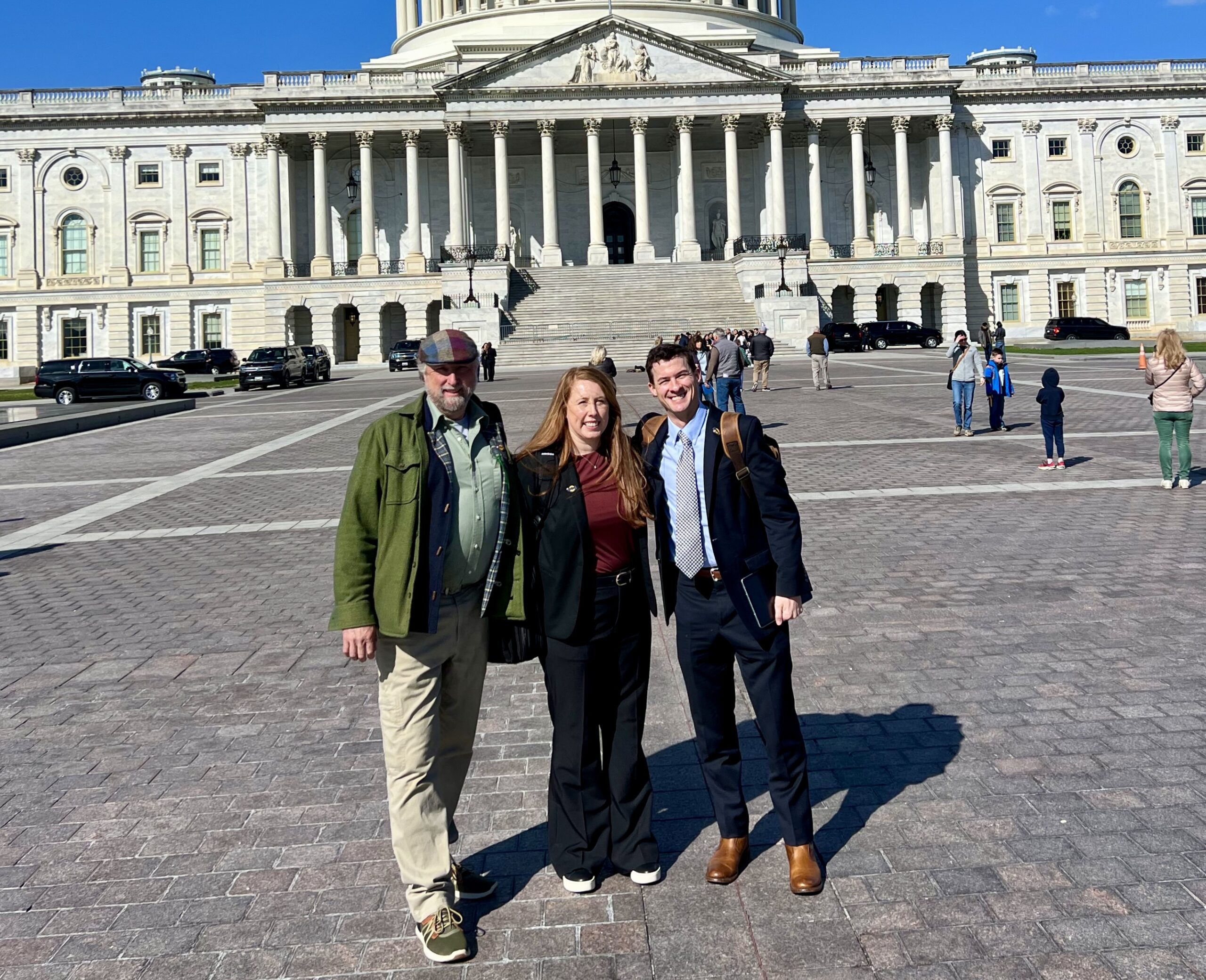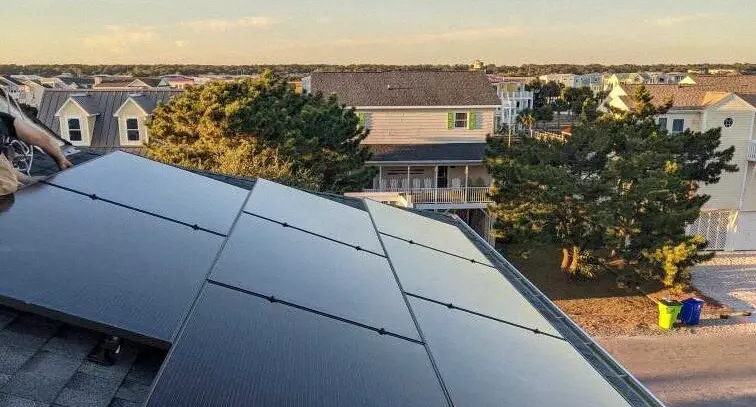
ANSI 380 and What It Means For You!
There are some industry changes coming down the pipe stemming from RESNET’s adoption of the ANSI 380 Standard for Testing of Airtightness. If you’re looking for some light reading before bed, I encourage you to read the entire document. If you’d rather not, here is our two cents on what you can expect from the new standards.
Why the changes?
The new standards are intended to establish national consistency for testing the air tightness of enclosures, HVAC distribution systems, and the airflow of mechanical ventilation systems.
Who will it impact?
This change will mainly impact the testing procedures of home energy raters, energy auditors and code officials but there is fall out that will impact builders.
What should I expect as a builder?
The good news is not much with one big exception:
- If you’re currently using a passive, supply side ventilation strategy (i.e. it doesn’t have a mechanical damper to seal the duct) we will be unable to plug that duct during testing as we have in the past (Section 3.2.11) This will result in higher than normal duct leakage and likely cause compliance issues with both the NCECC and any applicable utility incentives.
- To avoid these issues SEM is strongly recommending that you switch to one of the three ventilation strategies listed below.
When should I expect these changes to go into effect?
All homes permitted on or after July 1st, 2018 will be subject to the new ANSI 380 standards.
Don’t know if your strategy will be affected by these changes?
We do! You can expect SEM to reach out individually if you’ll be impacted.
Common Fresh Air Ventilation Strategies
To help you make educated decisions and find the right path forward, we’ve itemized out the three main fresh air ventilation strategies below with a brief break down of their pros/cons. We also encourage you to contact your HVAC contractor to discuss these strategies as well.
01. Supply Only Ventilation - Brings air into the home
A dedicated duct supplies fresh air to the return side of the HVAC system. Key to this strategy passing under the new ANSI 380 standards is that it has a mechanical damper installed on the fresh air duct to provide a proper airseal.
Pros for Supply Only Ventilation
- Dedicated duct ensures you know exactly where the air is coming from
- All fresh air is filtered prior to entering the home
- It keeps the home under a slight positive pressure
Cons for Supply Only Ventilation
- Energy Intensive. Uses the air handler fan to ventilate and will likely result in an energy penalty on your HERS score.
- Unless the control unit has its own inline fan (highly recommended).
- Fresh air will be conditioned if the home is also calling for heating or cooling.
- If there is an additional ventilation load after the HVAC unit has cycled off then the ventilation system will use it’s own inline fan to meet any remaining load.
- Smart systems are available with comfort controls to “lock-out” the introduction of fresh air based when outdoor temperature and humidity are beyond programmable set points.
02. Exhaust Only Ventilation - Removes air from of the home
A bath exhaust is put on a smart switch programmed to automatically exhaust air at a set interval
Pros for Exhaust Only Ventilation
- Energy efficient ventilation strategy. Uses a small bath fan to ventilate rather than the large air handler
- Tends to be the most economical ventilation strategy.
Cons for Exhaust Only Ventilation
- Unlike the supply side or balanced ventilation strategies, the exhaust only strategy will depressurize the home and draw air through “the path of least resistance” - Meaning you do not have direct control of where the air comes from.
- The fresh air is not conditioned prior to entering the home.
- May need multiple programmed exhaust fans to meet ASHRAE 62.2 in large houses
03. Balanced Ventilation - Equal exchange of air into and out of the home
Using either a Energy Recovery Ventilator (ERV) or a Heat Recovery Ventilator (HRV), the balanced ventilation strategy provides a 1 to 1 exchange of air into and out of the home. An ERV is preferable in our climate zones due to the fact that it can remove moisture from incoming air in addition to exchanging heat.
Pros for Balanced Ventilation
- Extremely efficient. Outgoing air is used to pre-condition incoming air via a heat exchanger. An ERV can even remove some moisture from incoming air.
- Balanced systems ensure that the home is kept at a neutral pressure.
- Will likely lower HERS scores and increase utility incentives (where applicable).
Cons for Balanced Ventilation
- Tends to be the most costly of the three strategies.
- Maintenance is critical for unit operation and performance. Homeowner education is key to avoid callbacks or warranty issues.
Questions?

Contact Taylor Fearrington at 919-454-6412
Or Request a Free Consultation
About Us
North Carolina’s solar power and building performance expert. Founded in 2001, we’ve worked for 20+ years to improve the way people make and use energy.














